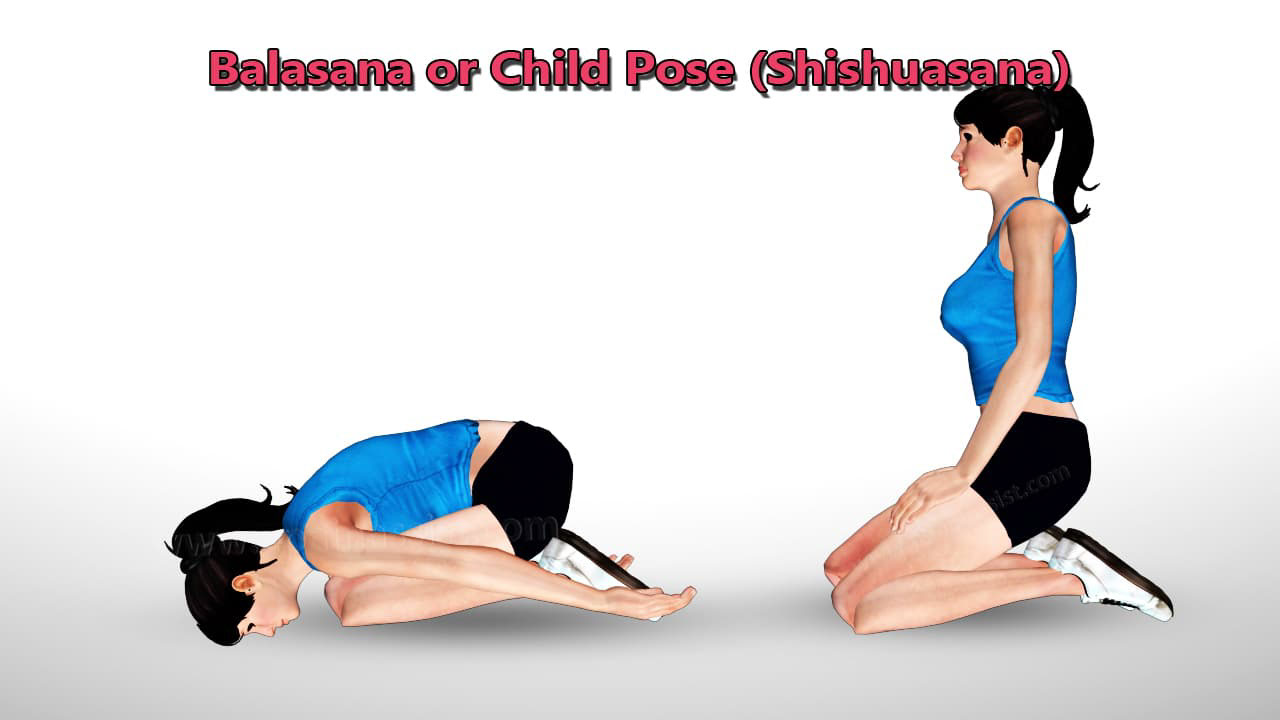What is Restorative Yoga?
Restorative yoga is a yoga style, which uses props to achieve physical, mental and emotional relaxation. Props help you in maintaining your balance while relaxing your body. They also help in supporting your body so that the poses can be held for longer duration resulting in passive stretching of the body. You will feel more refreshed and open after a session of restorative yoga. The postures are commonly modified from seated or supine yoga poses with props such as blankets, blocks, bolsters etc. These props also help in eliminating undue strain to the body, thus help in preventing injuries to the body. Restorative yoga poses benefit your complete body. There are some specific Restorative yoga poses which target certain areas of the body, such as lungs or heart.

How was Restorative Yoga Developed?
Modern day restorative yoga is derived from Iyengar Yoga, which was developed by B.K.S. Iyengar, who used to direct his students to use props in order to refine or perfect their poses. Iyengar Yoga is the basis of development of restorative yoga and was made popular by Judith Lasater, who was a student of B.K.S. Iyengar.
What are the Benefits of Restorative Yoga?
- Heals mind and body.
- Eliminates fatigue and stress.
- Helps you relax.
- Boosts recovery process from any illness or injury.
- Helps in overcoming depression.
- Reduces anxiety.
- Increases strength and flexibility.
Poses in Restorative Yoga
The poses in Restorative Yoga are similar to typical yoga poses, with the difference being that Restorative Yoga poses are done with props for support. Before doing the asanas or poses, a student is required to do a warm-up, which may include sun salutation or a mild Vinyasa. Each of the restorative yoga poses need to be held for some minutes. They can also be held for as long as 10 to 15 minutes. Some of the common asanas or poses are:
- Legs against Wall: This is done with a support under the back, legs, or hips.
- Child’s Pose: This is done with the heels placed under the hips and the upper body is supported with a pillow or some other prop.

- Reclining Bound Angle: This is done with props placed beneath the head, arms, and legs.
- Savasana (Relaxation): Lie down with your head on a pillow. Place your legs on a support and your feet on a blanket and relax.
Props used in Restorative Yoga
A wide array of props is used for doing restorative yoga better and for achievement of perfect asanas or postures/poses. Some of the commonly used props are bolsters, blankets, pillows, chairs, blocks, and straps. The main aim of using props is help support the body while stretching or relaxing. Hence, it is important to use props of appropriate sizes for certain poses, as a prop which is slightly smaller or bigger can also cause discomfort and disturb your concentration when doing the asanas.
You may have a feeling motionlessness and shapelessness while doing restorative yoga. This is due to some type of emotional discomfort. Restorative yoga poses may also cause a feeling of helplessness; however, these poses can be made comfortable by keeping your feet on the wall or with the use of an eye pillow.
